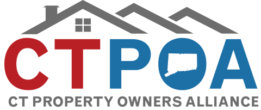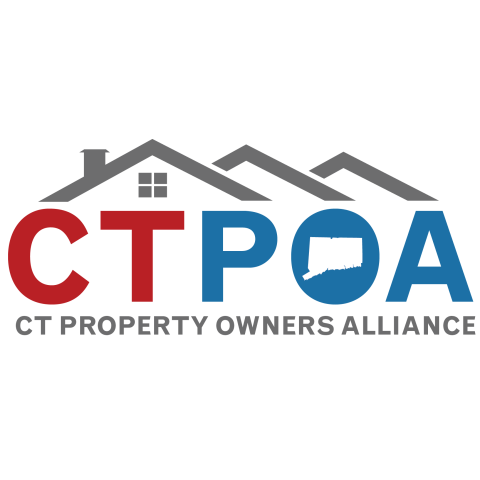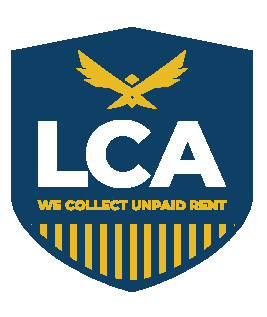Keeping your rental properties pest-free is an ongoing battle. While you can’t completely eliminate the possibility of encountering unwanted guests, a proactive approach to pest control can save you headaches (and money) down the line. This article serves as a comprehensive guide for landlords, covering everything you need to know about preventing, identifying, and eliminating pests in your rental units.
Who’s Responsible? Landlord vs. Tenant
The first step is understanding who’s responsible for pest control in your rentals. This can vary depending on your location and the specific terms of your lease agreement. In most areas, landlords hold the primary responsibility for maintaining a habitable environment, which includes keeping the property pest-free. However, some leases may stipulate that tenants are responsible for specific actions to prevent attracting pests, such as maintaining cleanliness and promptly reporting any infestations.
Know Your Enemy: Common Rental Property Pests
Here’s a rundown of some of the most common pests you might encounter in your rentals:
- Rodents (Mice and Rats): Rodents are notorious for squeezing through tiny cracks and seeking out food sources. They can cause significant damage by chewing on wires and furniture.
- Cockroaches: These resilient insects thrive in warm, humid environments and are attracted to crumbs and spills. Their presence can be a health hazard.
- Ants: While some ant species are harmless, others can bite or damage property. They are drawn to sugary substances and follow scent trails to establish colonies.
- Bed Bugs: These blood-sucking insects can hitch a ride on luggage or clothing and infest furniture. Dealing with bed bugs is a complex and expensive process. Connecticut has specific laws regarding Bedbugs assigning responsibility to both landlords and tenants to perform certain actions.
- Spiders: While most spiders are harmless, some can deliver a painful bite. Their presence can be unsettling for some tenants.
Prevention is Key: Building a Pest-Proof Defense
The best way to deal with pests is to prevent them from entering your rentals in the first place. Here are some preventative measures you can take:
- Regular Inspections: Conduct thorough inspections of your properties between tenants and periodically throughout the lease term. Look for potential entry points, signs of nesting, and droppings.
- Seal Up the Cracks: Seal any cracks or gaps around windows, doors, pipes, and utility lines where pests might sneak in.
- Maintain Cleanliness: Encourage tenants to maintain a clean and sanitary living environment. This includes regularly wiping down surfaces, disposing of garbage properly, and storing food in sealed containers.
- Address Moisture Issues: Fix leaky faucets, pipes, and condensation problems. Excess moisture attracts pests like roaches and millipedes.
- Minimize Clutter: Reduce potential harborage areas for pests by encouraging tenants to minimize clutter, especially around baseboards and in storage areas.
- Trash Management: Ensure proper disposal of trash with tightly sealed bins and lids.
The Pest Detectives: Identifying and Reporting Infestations
Despite your best efforts, pests may still find a way in. Here’s what to do if you suspect an infestation:
- Be Responsive to Tenant Reports: Take prompt action when tenants report signs of pests. Delaying treatment can allow the problem to worsen.
- Identify the Culprit: Accurately identifying the pest is crucial for choosing the most effective treatment method. Consider consulting a licensed pest control professional for assistance.
- Communicate with Tenants: Keep tenants informed about the pest control plan and their responsibilities during the treatment process.
Treatment Options: Taking Back Your Property
Once you’ve identified the pest, it’s time to choose a treatment method. Here are some common options:
- DIY Methods: For minor infestations, you might consider DIY solutions like traps or baits. However, these may not be effective for larger problems.
- Professional Pest Control: Hiring a licensed pest control professional is often the most effective solution, especially for persistent infestations or complex situations like bed bugs.
- Green Pest Control Options: If you or your tenants are concerned about using harsh chemicals, some pest control companies offer eco-friendly treatment methods.
The Cost of Keeping Critters Out
The cost of pest control can vary depending on the severity of the infestation, the size of the property, and the chosen treatment method. Here are some ways to manage these costs:
- Preventative Maintenance: Investing in preventative measures like regular inspections and sealing entry points can save you money down the road by preventing larger infestations.
- Negotiate with Tenants: Clearly outline the responsibilities of both landlord and tenant regarding pest control in your lease agreement. This can help avoid disputes about who pays for treatment in certain situations.
- Compare Quotes: If you decide to hire a professional, obtain quotes from several reputable pest control companies before making a decision.
Building a Positive Partnership with Tenants
Communication and cooperation are key to successful pest control in your rentals. Here are some tips for building a positive partnership with your tenants:
- Include Pest Control Information in the Lease Agreement: Clearly outline the responsibilities of both landlord and tenant regarding pest control in your lease agreement. This should include:
- Who is responsible for contacting a pest control professional
- The process for reporting pest sightings
- Tenant obligations regarding cleanliness and sanitation
- Expectations for cooperation during treatment processes
- Provide Preventative Tips: Share preventative tips with your tenants, such as proper food storage, trash disposal, and minimizing clutter. You can offer informative handouts or include this information in your welcome packet.
- Respond Promptly to Concerns: Address tenant concerns about pests quickly and professionally. This demonstrates your commitment to maintaining a habitable environment.
- Regular Communication: Maintain open communication with your tenants. Encourage them to report any signs of pests immediately, so you can address the issue before it escalates.
Conclusion: A Pest-Free Future for Your Rentals
By implementing a proactive approach to pest control, you can minimize the disruption and financial burden caused by unwanted guests. Remember, prevention is key. Regular inspections, clear communication with tenants, and a commitment to maintaining a clean and well-maintained property will go a long way in keeping your rentals pest-free and your tenants happy.
Bonus Tip: Consider offering a preventative pest control treatment as part of your move-in process. This can help eliminate any existing pests and provide peace of mind for both you and your tenants.
By following these tips, you can conquer critters and ensure your rental properties remain attractive and enjoyable places to live.
Landlording comes with its own set of challenges, but staying informed can make a big difference. Join CTPOA to connect with other landlords, access valuable resources, and stay updated on the latest regulations and best practices. With a supportive network and the right knowledge, you can navigate the world of property management with confidence.








